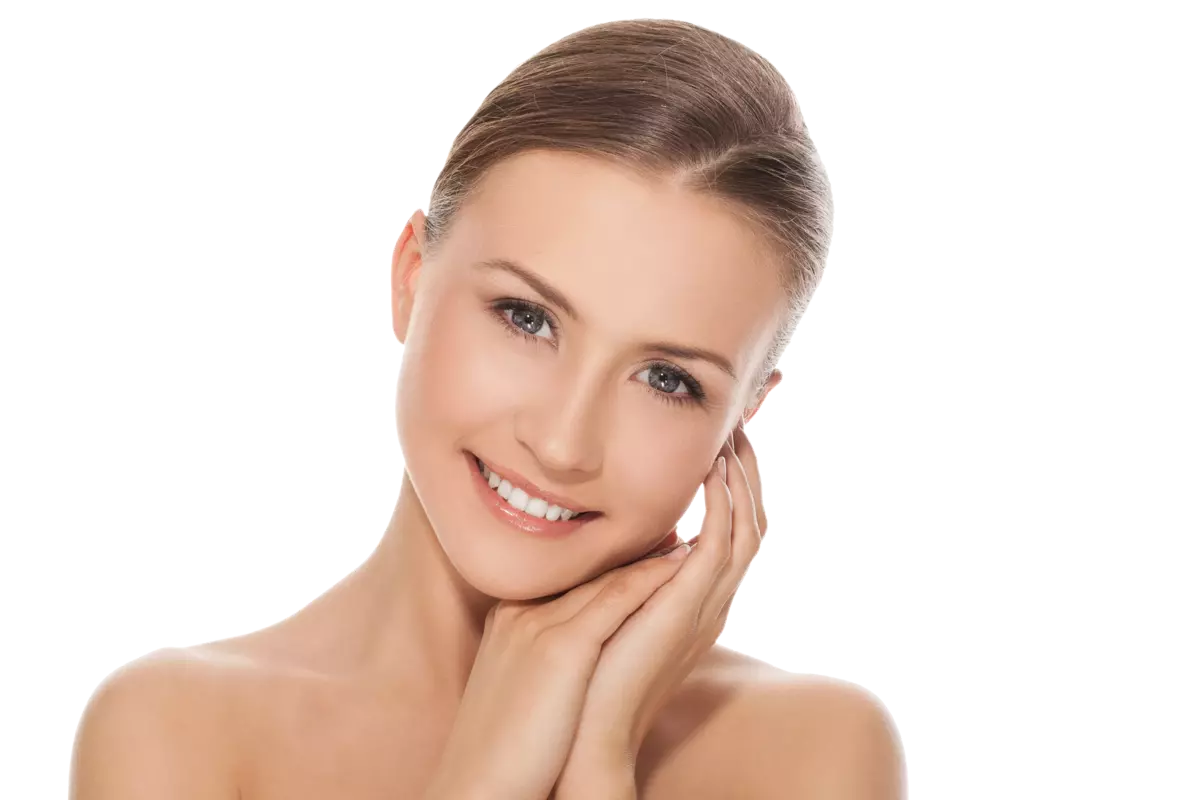Which acids are best for acne-prone skin?
The Best Acids for Acne-Prone Skin – A Detailed Guide
Acne-prone skin requires careful care, and chemical acids are one of the most effective ways to improve its condition. Properly selected acids can work in multiple ways: regulating sebum production, exfoliating dead skin cells, reducing post-acne hyperpigmentation, and providing anti-inflammatory effects. Below is a detailed review of the best acids for acne-prone skin, their properties, and how they should be used.
1. Salicylic Acid (BHA – Beta-Hydroxy Acid)
Effects and Properties:
- Penetrates deep into pores and effectively cleanses them, preventing blackheads.
- Regulates sebum production, which is essential for oily and acne-prone skin.
- Has anti-inflammatory and antibacterial properties, reducing active acne breakouts.
- Gently exfoliates the skin, accelerating healing and improving skin texture.
Usage:
- Ideal for people with blackhead-prone and inflammatory acne.
- Can be used in daily skincare in the form of toners, serums, or chemical peels.
- Typically found in concentrations of 0.5–2% in over-the-counter products and up to 30% in professional peels.
2. Glycolic Acid (AHA – Alpha-Hydroxy Acid)
Effects and Properties:
- Works on the skin’s surface by exfoliating dead skin cells and smoothing its texture.
- Stimulates collagen production, helping to reduce acne scars.
- Improves skin hydration, which is essential for those experiencing dryness along with acne.
- Helps in reducing post-inflammatory hyperpigmentation.
Usage:
- Recommended for individuals with acne and post-acne scarring.
- Found in toners, serums, and chemical peels at various concentrations (5–10% in at-home products, 20–70% in professional treatments).
3. Mandelic Acid (AHA)
Effects and Properties:
- Provides mild exfoliation, making it suitable for sensitive and irritation-prone skin.
- Has antibacterial properties that help fight acne-causing bacteria.
- Reduces hyperpigmentation and brightens the complexion, evening out skin tone.
- Does not cause excessive peeling, allowing skin to maintain a healthy appearance even after use.
Usage:
- Recommended for individuals with acne-prone but also sensitive and rosacea-prone skin.
- Often used in concentrations of 5–10% in skincare products and up to 40% in professional peels.
- Can be used year-round, as it is gentler than other AHAs.
4. Azelaic Acid
Effects and Properties:
- Has antibacterial properties, inhibiting the growth of Cutibacterium acnes, which contributes to acne development.
- Reduces inflammation, helping to calm redness and swelling.
- Regulates keratinization, preventing clogged pores.
- Brightens post-acne hyperpigmentation and has depigmenting effects.
Usage:
- Ideal for people with inflammatory acne and post-inflammatory redness.
- Often found in daily skincare products at concentrations of 10–20%.
- Also suitable for individuals with rosacea.
5. Lactobionic Acid (PHA – Polyhydroxy Acid)
Effects and Properties:
- Gently exfoliates without causing irritation like stronger AHAs.
- Provides antioxidant and moisturizing effects, improving the condition of irritated, acne-prone skin.
- Supports skin regeneration and strengthens the protective barrier.
Usage:
- Ideal for acne-prone but sensitive and redness-prone skin.
- Found in toners, serums, and mild peeling formulations.
6. Pyruvic Acid
Effects and Properties:
- Regulates sebum production, reducing oiliness and the formation of new breakouts.
- Has strong antibacterial and exfoliating effects.
- Helps reduce the appearance of acne scars and hyperpigmentation.
Usage:
- Recommended for oily and acne-prone skin.
- Mainly used in professional chemical peels at concentrations of 30–50%.
How to Choose the Right Acid for Acne-Prone Skin?
The choice of acid depends on individual skin needs:
- For oily skin with blackheads: Salicylic acid, pyruvic acid.
- For acne-prone skin with post-inflammatory hyperpigmentation: Azelaic acid, glycolic acid.
- For sensitive, acne-prone skin: Mandelic acid, lactobionic acid.
- For combination skin with active breakouts: Salicylic acid, azelaic acid.
In our opinion
Chemical acids are a powerful tool in the skincare routine for acne-prone skin. Salicylic acid is the best choice for pore cleansing and sebum regulation, glycolic acid helps in reducing hyperpigmentation and scars, while azelaic acid has anti-inflammatory and brightening effects. Those with sensitive skin can opt for mandelic acid or lactobionic acid, which are gentler but still effective. The best results can be achieved through an individualized selection of acids tailored to the skin’s needs, preferably with the guidance of a dermatologist or skincare specialist.
Compendium of knowledge about Acid Exfoliation
- What is a chemical peel?
- What are the main types of acids used in chemical exfoliation?
- What effects can be achieved with a chemical peel?
- What are the indications for a chemical peel?
- Is a chemical peel suitable for all skin types?
- What are the contraindications for a chemical peel?
- How does the skin regeneration process look after the treatment?
- What are the differences between superficial, medium-depth, and deep peels?
- How often can a chemical peel be performed?
- Is acid exfoliation painful?
- What side effects can occur after a chemical peel?
- Can a chemical peel be done in summer?
- How to prepare the skin for a chemical peel?
- What post-treatment recommendations should be followed after a chemical peel?
- Can makeup be applied after a chemical peel?
- Do chemical peels help reduce acne scars?
- Which acids are best for acne-prone skin?
- Does a chemical peel help fight wrinkles?
- What are the differences between a chemical peel and microdermabrasion?
- Can a chemical peel be combined with other cosmetic treatments?
